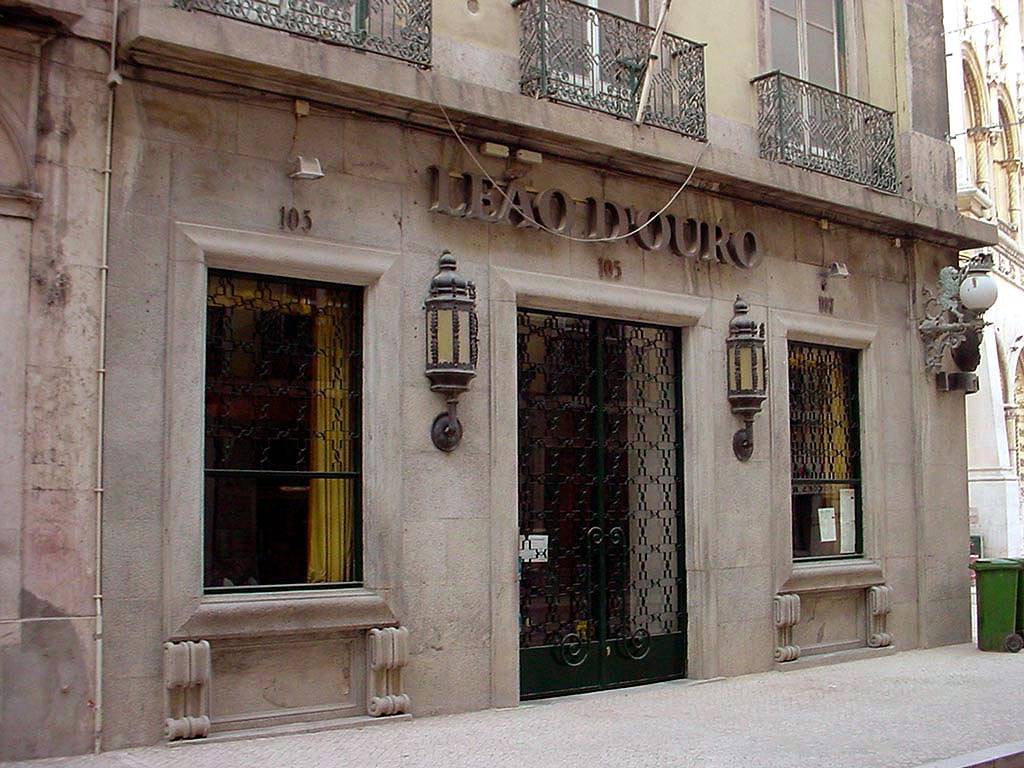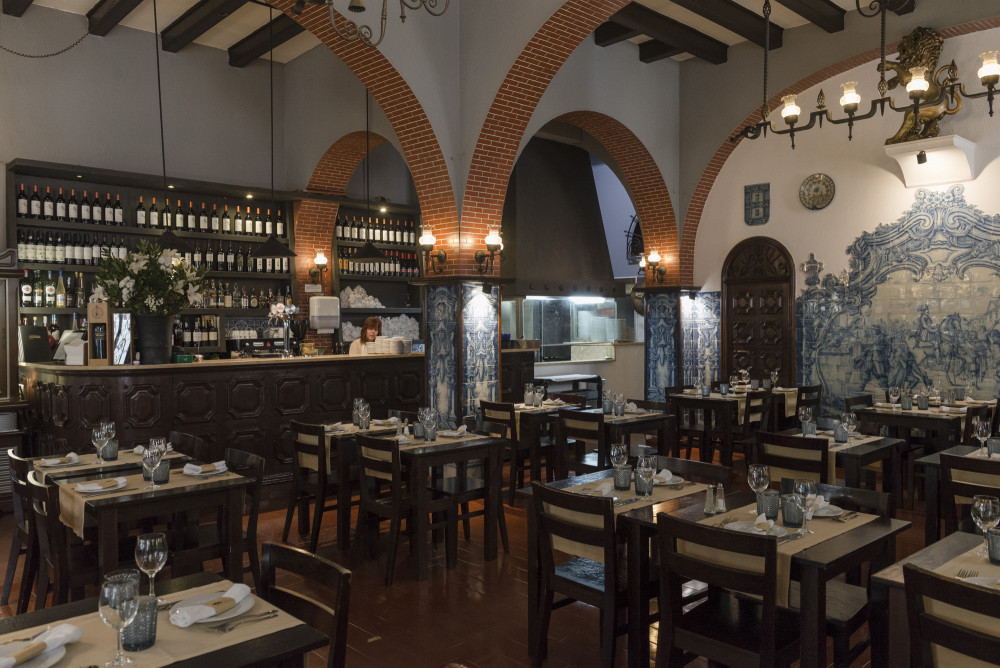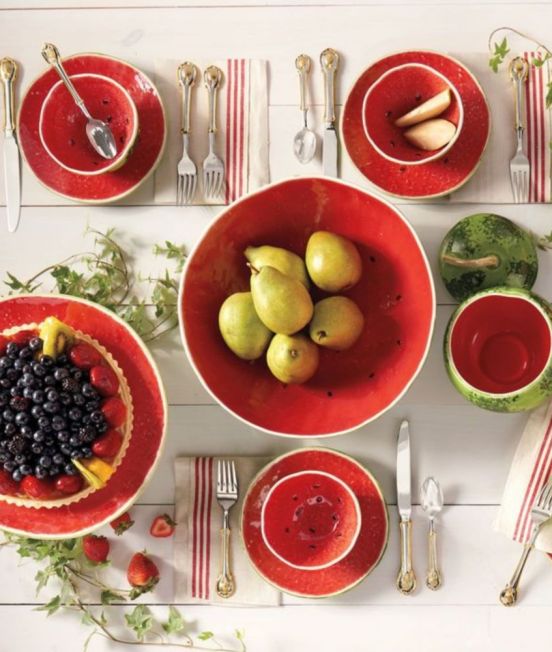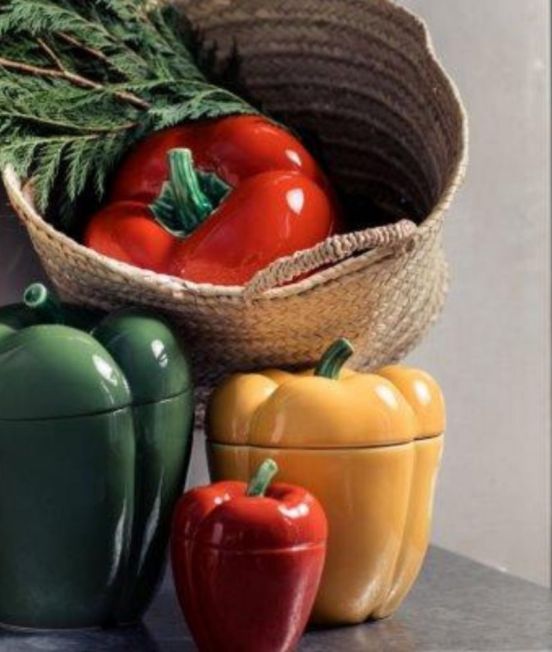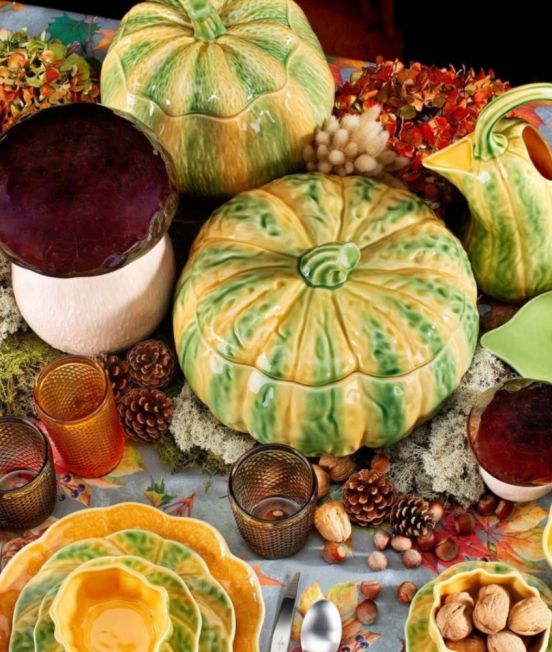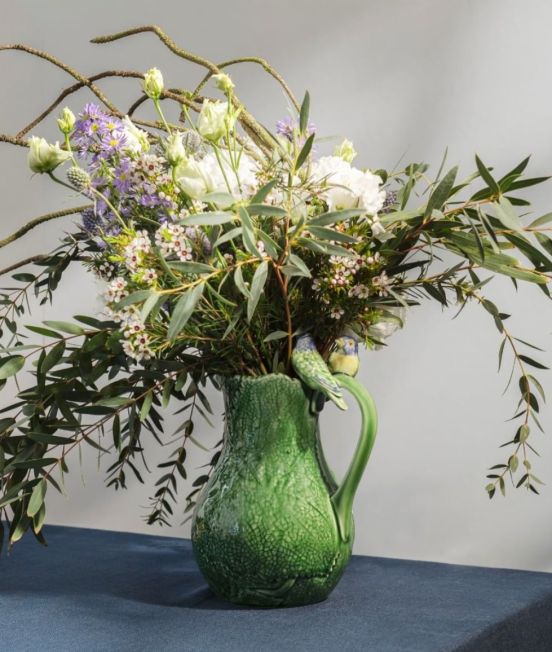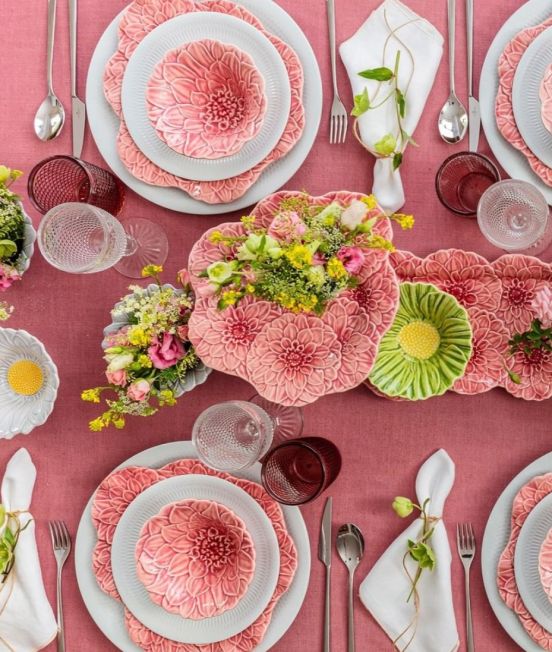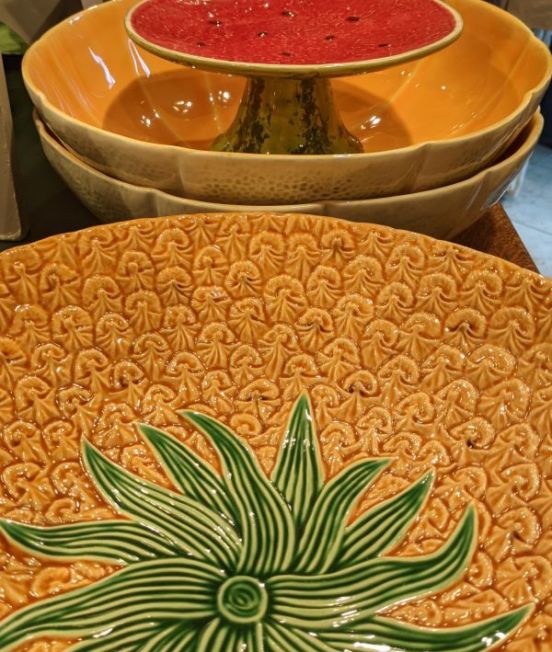Bordallo Pinheiro
About Bordallo Pinheiro
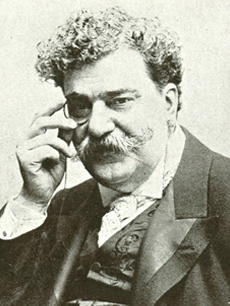
Raphael Bordallo Pinheiro (1846-1905) was one of the most influential artists in nineteenth century Portuguese culture. He produced a remarkable body of work across many disciplines such as cartoons, caricatures and his now most famous ceramic creations. His work can be unsettling and was meant to be. It provides a timeless reminder of the universal difficulties experienced with the fundamentals of life whether in ancient history, then or now. As such, it provides a basis for understanding the political, social and cultural issues within the Kingdom of Portugal of the time.
Bordallo Pinheiro will forever be intimately associated with cartoons, caricature and artistic ceramics, creating many important pieces with a rare degree of quality many of which were exhibited around the world. Thus modern artists internationally, as well as in Portugal, regard him as something of a genius.
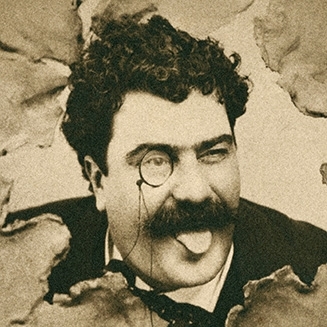
From an early age he was fascinated by art so it was no surprise that he went on the attend the Belas Artes School, part of the University of Lisbon. He later started publishing humorous newspapers, achieving great success with some of them. These newspapers like “Antonio Maria”, ” Pontos nos ii ” and ” A Paródia” combined artistic quality with political and social commentary.
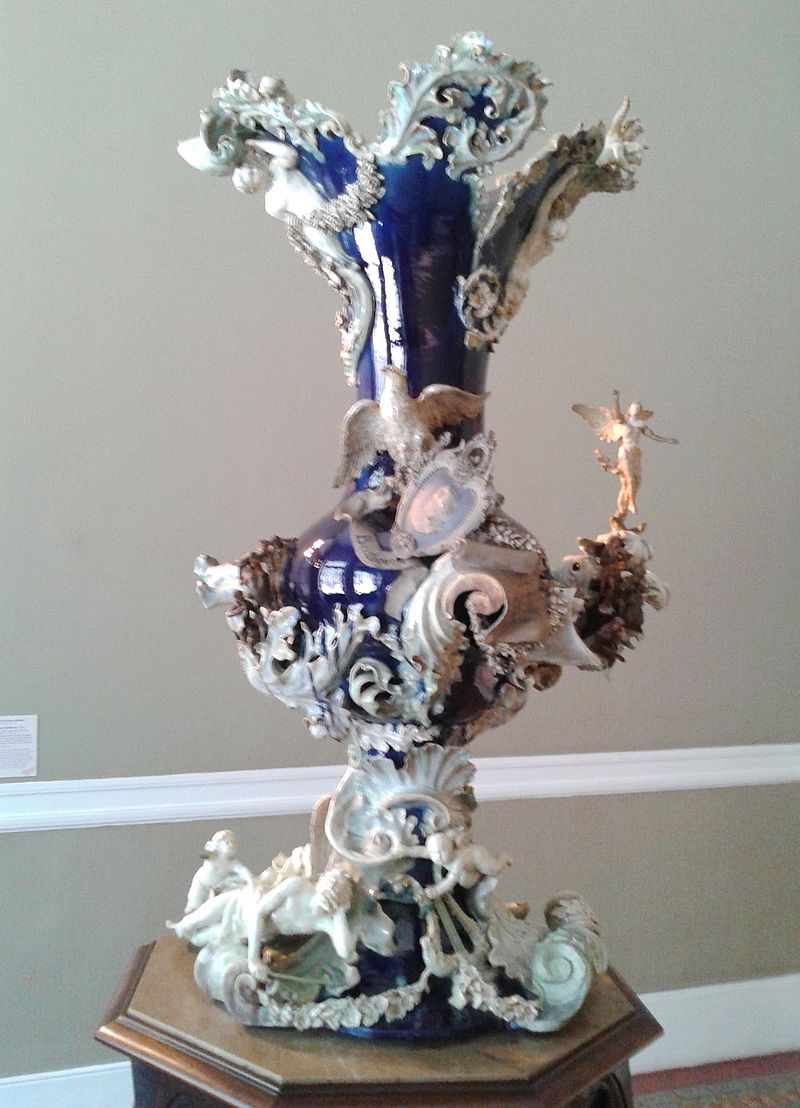
In 1884 Bordallo began his ceramics production at the Fábrica de Faianças in Caldas. His creative energy was unleased creating pieces of great technical, artistic and creative quality. Amongst them were azulejos (traditional blue tiles), panels, pots, table centrepieces, vase busts, fountain basins, pitchers, plates, perfume bottles, vases and gigantic animals. He held exhibitions in Brazil, in Rio de Janeiro and São Paulo, where he presented the majestic Jarra Beethoven (Beethoven jar).
His remarkable work with ceramics was awarded with the gold medal in international exhibitions (Madrid, Antwerp, Paris and in St. Louis, United States).
He was also famous for popular cartoons images, such as Zé Povinho (an allegory of the poor and oppressed people), Maria da Paciência (Patient Mary), Ama das Caldas (Nanny from Caldas), the policeman, the priest taking snuff, the sacristan with the censer in hand, and many others.
The factory was very much a family affair, with his brother Feliciano managing production. (Another brother Columbano, is widely regarded as Portugal’s foremost 19th century painter). The working environment was reminiscent of Saltaire, staff welfare and ongoing education being keystones for the factory’s success.
Bordallo drew on many inspirations Renaissance, Naturalism, Art Nouveau and the Spanish and Arab legacy. He was active in the Grupo do Leão (the Lion’s Group) of artists which met at the Golden Lion Restaurant. There they discussed aesthetic issues and held naturalism over the academic art of the time. Along with the Bordallo Pinheiro brothers, the group included Silva Porto, Marques de Oliveira and Jose Malhoa, all distinguished artists of the age.
